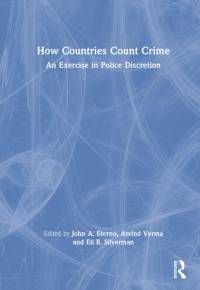Om How Countries Count Crime
This edited collection illuminates the weaknesses and strengths of crime reporting across a wide range of countries, with a focus on democratic countries in which the police bear some accountability to citizens. In one compendium, for the first time, this book documents how different countries record (or fail to record) crimes. With chapters written by native authors who are experts on the practices of their respective countries, the book explores practices in 15 different countries across the globe.
Organized with a parallel, country-by-country approach, the book describes and analyzes methods police use to record crimes, with the awareness that the counting of crimes is not only an issue of empirical measurement, but also one of social construction. Crime reporting practices vary widely by country. In some cases, reports are not taken, and in others, reports are carefully based on preliminary investigations. Willful manipulation of crime reports can and does occur, and the book explores related factors such as political pressure, personal ambition, community safety, and more. Discussion questions at the end of each chapter help the reader evaluate the significant issues influencing each country. The editors conclude by suggesting best practices for crime reporting and the collection of crime data. A unique addition to this book is a foreword by Tofiq Murshudlu, the Head of Drugs and Crime for the United Nations in Vienna.
The book is intended for a wide range of audiences, including policing scholars, law enforcement and community leaders, and students of criminal justice.
Visa mer

